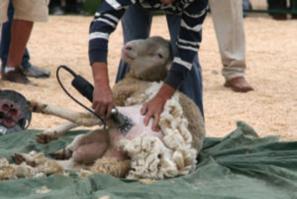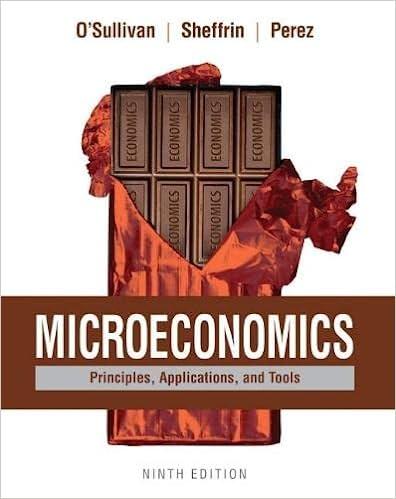In the 1990s, the world price of wool decreased by about 30 percent, and prices have remained
Question:
In the 1990s, the world price of wool decreased by about 30 percent, and prices have remained relatively low since then. Based on the law of supply, we would expect the quantity of wool supplied from New Zealand and other exporters to decrease, and that’s what happened. Land formerly used to grow grass for wool-producing sheep has been converted into other uses, including dairy products, forestry, and the domestication of deer.
There have been several attempts to revive the wool industry by boosting the demand for wool and thus increasing its price. The United Nations General Assembly declared 2009 as the International Year of Natural Fibres, with the objective “to raise awareness and stimulate demand for natural fibres.” In 2012, the Federated Farmers of New Zealand proposed that sheep shearing be added to the Commonwealth Games and Olympics as a demonstration sport. The favorites for Olympic titles are the current world record holders Ivan Scott (744 sheep in 24 hours) and Kerry-Jo Te Huia (507 sheep in 24 hours). Of course, it’s not obvious that Olympic shearing would increase the demand for wool, and then there is the problem of what to do with all the sheared wool. Speed knitting?

Question.
What is the law of supply?
Step by Step Answer:

Microeconomics Principles Applications And Tools
ISBN: 9780134078878
9th Edition
Authors: Arthur O'Sullivan, Steven Sheffrin, Stephen Perez





